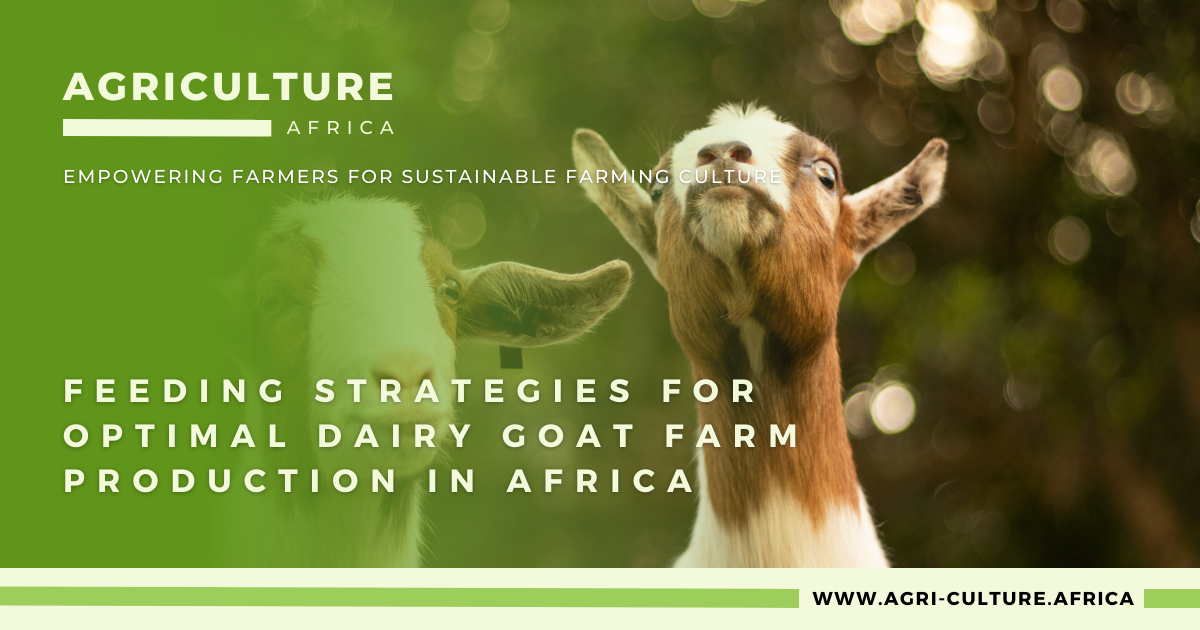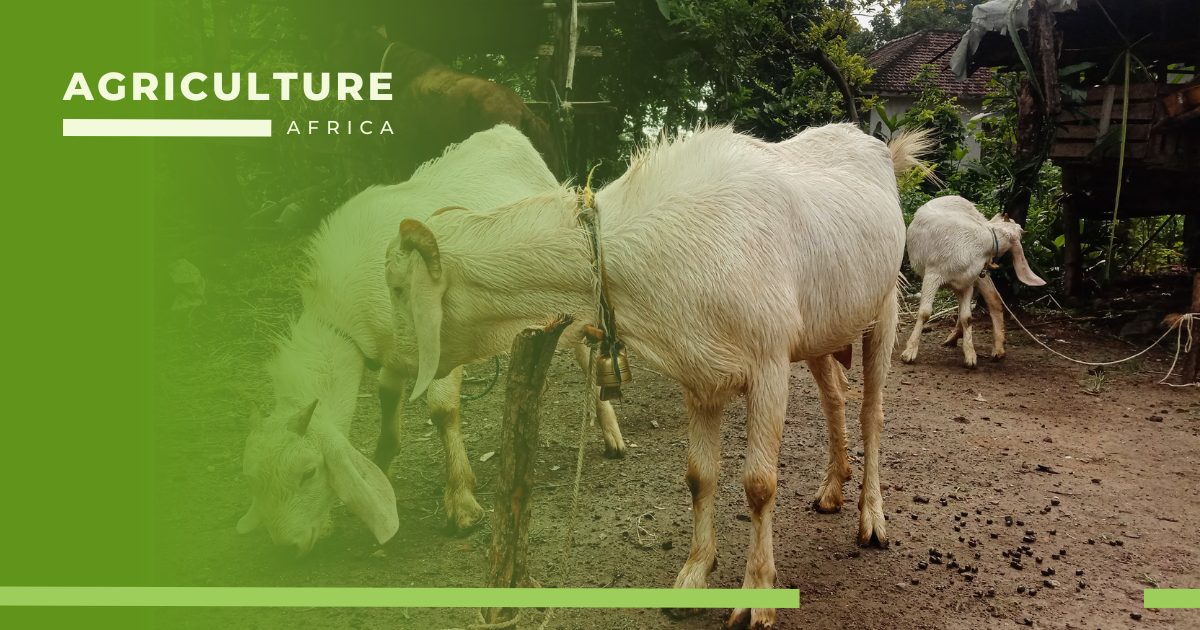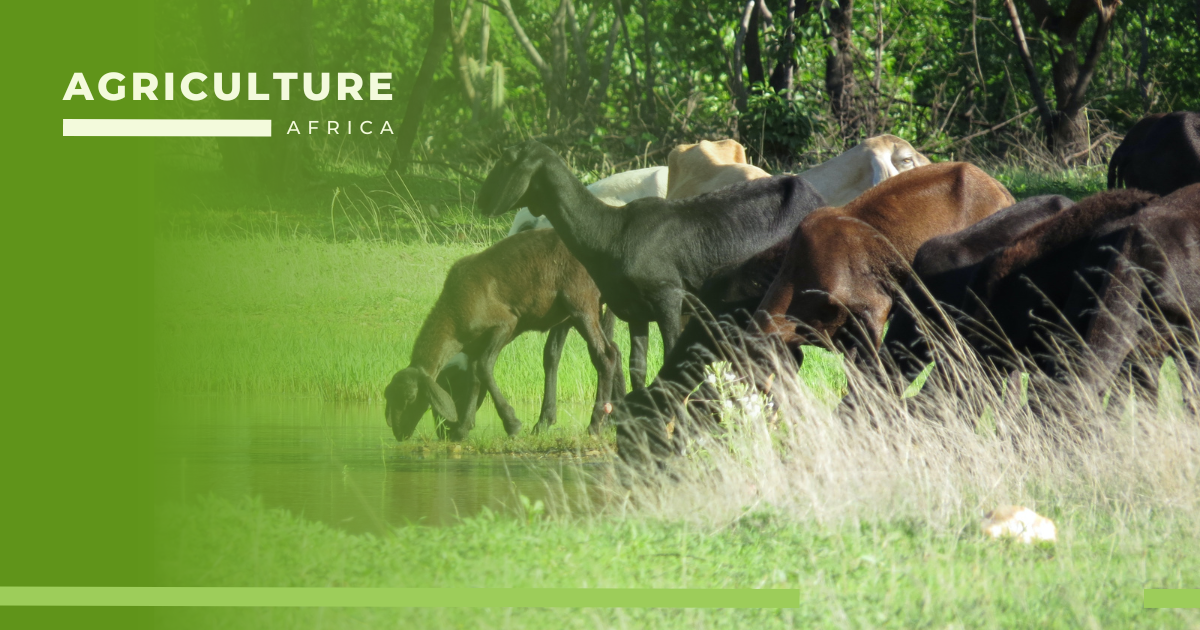
Empowering African Farmers for Sustainable Farming Culture
“Maximize your dairy goat farm’s potential with effective feeding techniques and management practices in Africa”
Dairy goat farms have become a profitable business in Africa, with many farmers relying on them for a living. However, in order to reap the benefits of this venture, farmers must implement effective feeding strategies to ensure maximum output. Proper nutrition is essential for dairy goat growth and development, as it affects milk production, reproductive performance, and overall health. This article will look at various examples of dairy goat feeding strategies, with a focus on Africa, to help farmers increase production and profitability.
Agriculture is the primary source of goat feed in Africa. As a result, farmers must focus on forage management, which includes planting appropriate crops, managing pastures, and ensuring quality forage on their dairy goat farm. To meet their nutritional needs, goats require high-quality forage, and farmers should aim for a diet that is 60-70% roughage.

Dairy goats require concentrates such as grains, legumes, and protein supplements in addition to forage to meet their nutritional needs. To avoid digestive upsets, concentrate feeds should be introduced gradually and in small amounts. It is critical to choose high-quality feeds that are free of contaminants and meet the nutritional needs of goats.

Water is an important part of a goat’s diet, and having access to clean water is essential for optimal production. Farmers must always provide clean, fresh water to their goats, as well as adequate space and access points on their dairy goat farm.

Minerals and vitamins are necessary for dairy goats’ optimal growth, reproduction, and overall health. Farmers should give their goats mineral and vitamin supplements to ensure they meet their nutritional needs. Mineral supplements that are commonly used include salt, calcium, phosphorus, and copper.
| Nutrient | Requirement |
|---|---|
| Crude protein | 14-16% |
| Fiber | 30-40% |
| Calcium | 0.8-1.2% |
| Phosphorus | 0.3-0.5% |
| Energy (ME) | 2.0-2.5 Mcal/kg |
| Copper | 10-20 mg/kg |
| Selenium | 0.1-0.2 mg/kg |
Proper feeding management practices are critical in ensuring optimal dairy goat farm production. Farmers should give their goats enough space, avoid overcrowding them, and avoid feeding them in contaminated areas. Feeding should be done on a regular basis, and any leftover feed should be removed to prevent spoilage.
| Age (months) | Dry Matter Intake (kg/day) |
|---|---|
| 1-3 | 0.4-0.5 |
| 4-6 | 0.6-0.8 |
| 7-12 | 0.9-1.0 |
| Adults | 1.2-1.5 |
Feeding strategies are critical in maximizing African dairy goat production. To ensure optimal production, farmers should focus on forage management, concentrate feeds, water management, mineral and vitamin supplements, and feeding management. Farmers can increase their profitability and contribute to African food security by implementing these strategies to build sustainable dairy goat farms.
For More on Dairy Goat Farm Techniques and Management Visit
Coming Soon
The economic benefits of dairy goat farming in Africa
Your donation fuels change! Help Agriculture Culture in Africa empower farmers with resources, training, and access to innovation. Together, we can revolutionize African agriculture.

Empowering Sustainable Growth and Innovation in African Agriculture
Sign up to our newsletter